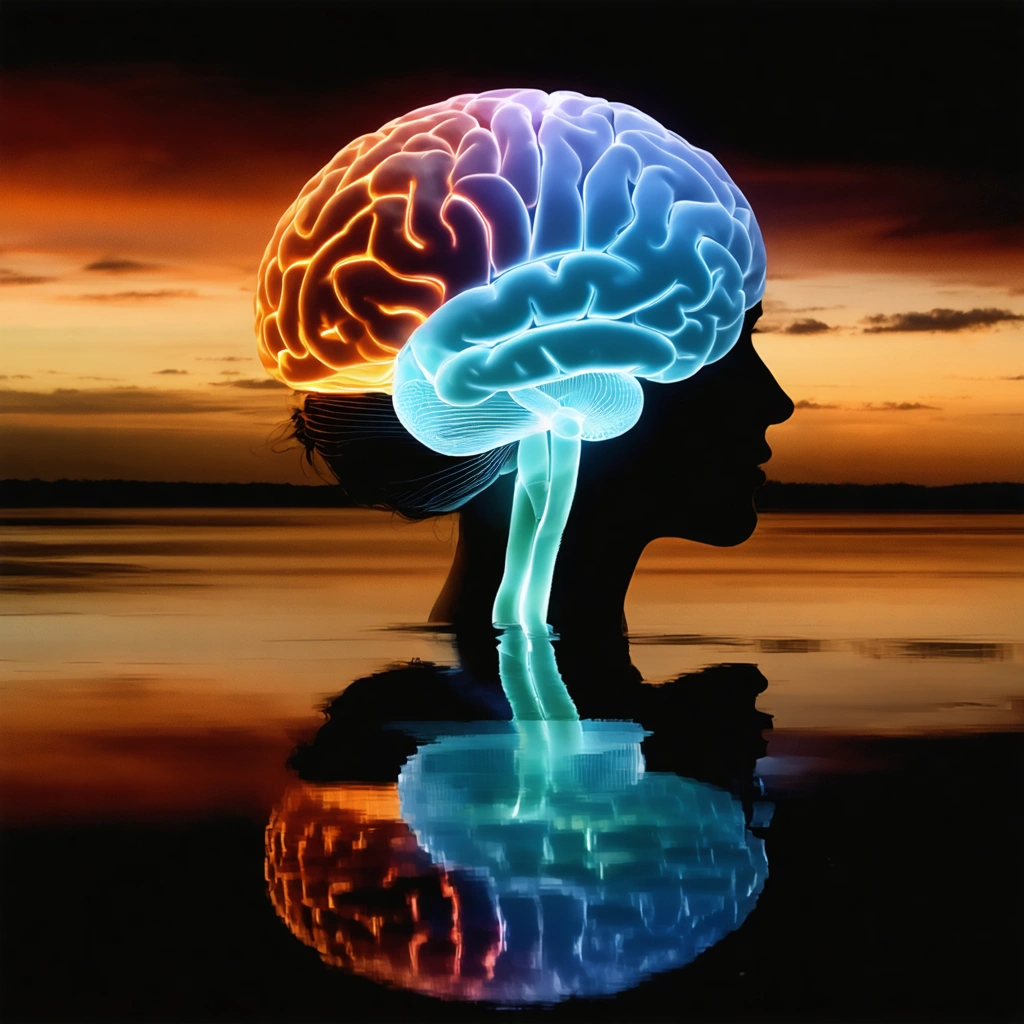
Introduction: Pioneering a New Era of Brain Health
Ariel Garten’s story unfolds like a modern-day odyssey that bridges technology and mindful living. From the moment Muse launched in 2014, she envisioned a tool that not only simplified meditation but also revolutionized how people manage their mental well-being. Consequently, Muse evolved from a simple meditation aid into a sophisticated brain health platform, underpinned by over 200 research studies. Moreover, Ariel’s passion for accessible brain training has inspired countless users to embark on their own self-improvement journeys.
The Genesis of Muse and Its Transformative Journey
Initially, Muse focused solely on meditation enhancement by offering real-time neurofeedback. In practice, users watch as their brain activity transforms into soothing audio cues that signal when the mind is at ease or distracted. For instance, when the brain enters a calm state, gentle soundscapes emerge; when distractions occur, the audio shifts to re-engage the meditator. Additionally, Ariel Garten emphasized that the system’s simplicity makes meditation accessible to beginners while offering scientific depth for experts. Consequently, Muse has expanded to monitor sleep, improve focus, and even aid in recovery from conditions like Alzheimer’s and stroke.
Breakthrough Technologies Behind Muse
Today, Muse stands apart owing to its integrated EEG sensors that track electrical signals from the brain. Notably, the latest model, Muse S Athena, combines EEG with fNIRS, thereby providing a dual perspective on both brain activity and oxygenation. This innovation transforms user feedback in real time. To illustrate, a simple table below summarizes the technology behind Muse:
| Technology | Function | Impact |
|---|---|---|
| EEG | Measures electrical brain activity | Real-time neurofeedback and focus training |
| fNIRS | Monitors blood flow and oxygen levels | Enhances insights into cognitive efficiency |
Meditation, Mindfulness, and More: The Multifaceted Benefits
Muse continuously transforms how users approach mindfulness. Not only does it improve focus, but it also fortifies mental resilience and helps manage stress efficiently. For instance, many users report the following benefits after regular use:
• Improved focus and cognitive performance
• Reduced stress and enhanced emotional regulation
• Better sleep quality and faster sleep onset
• Accelerated progress in meditation training
• Heightened mindfulness and self-awareness
Notably, research studies have validated these benefits. An exemplary study showed a 54% decline in stress levels among healthcare professionals who integrated Muse into their daily routine. Meanwhile, cancer patients and stroke survivors experienced measurable improvements in both mental and physical well-being. Clearly, Muse holds promise for anyone seeking to optimize their brain health.
The User Experience: A Journey of Continuous Improvement
Transitioning from traditional meditation methods, Muse offers a dynamic user experience. Initially, new users encounter real-time audio feedback that motivates them to maintain a state of calm. Then, after each session, Muse provides detailed insights into brainwave patterns, allowing users to gauge their progress precisely. Furthermore, additional metrics, such as the Calm Score and Brain Recharge, help users monitor performance throughout the day. As users progress, the interface becomes a trusted diary of their mental training, adapting to individual needs. Consequently, users feel more empowered and engaged in their cognitive journey.
Advanced Training and Future Directions
Looking forward, Ariel Garten and her team plan to extend Muse’s capabilities. They intend to refine personalized neurofeedback systems and integrate AI-driven analyses to make sessions even more adaptive. For instance, upcoming training programs will further emphasize cognitive longevity and stress management. Moreover, Ariel envisions broader accessibility so that individuals across all ages can enhance their mental well-being with minimal friction. Thus, Muse continues to push boundaries, constantly challenging conventional ideas about brain health. Additionally, future innovations take into account not only technological advancements but also the valuable input of a global community of users.
Conclusion: Inspiring Change Through Innovation
Ultimately, Ariel Garten’s journey with Muse illustrates a remarkable blend of technology, science, and mindfulness. Each step of Muse’s evolution signifies a commitment to better brain health and improved quality of life. Furthermore, by merging state-of-the-art neurofeedback with practical, everyday use, Muse transforms challenges into opportunities for growth. Hence, Ariel’s vision sparks inspiration worldwide, fostering a community that prioritizes mental resilience and holistic wellness. In summary, Muse empowers its users to take control of their cognitive journey, thereby unlocking the full potential of the human mind.






